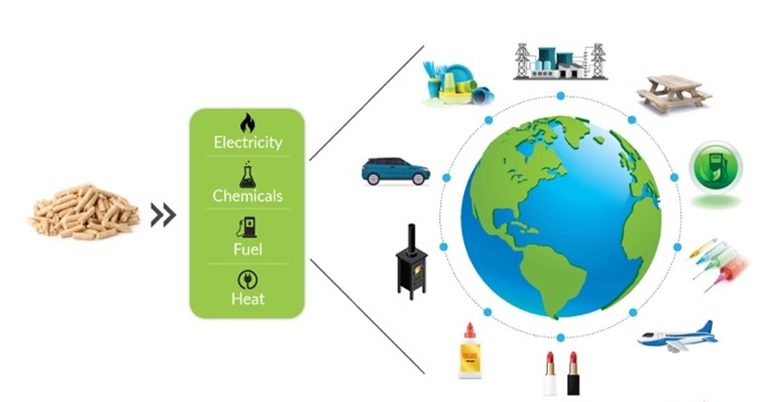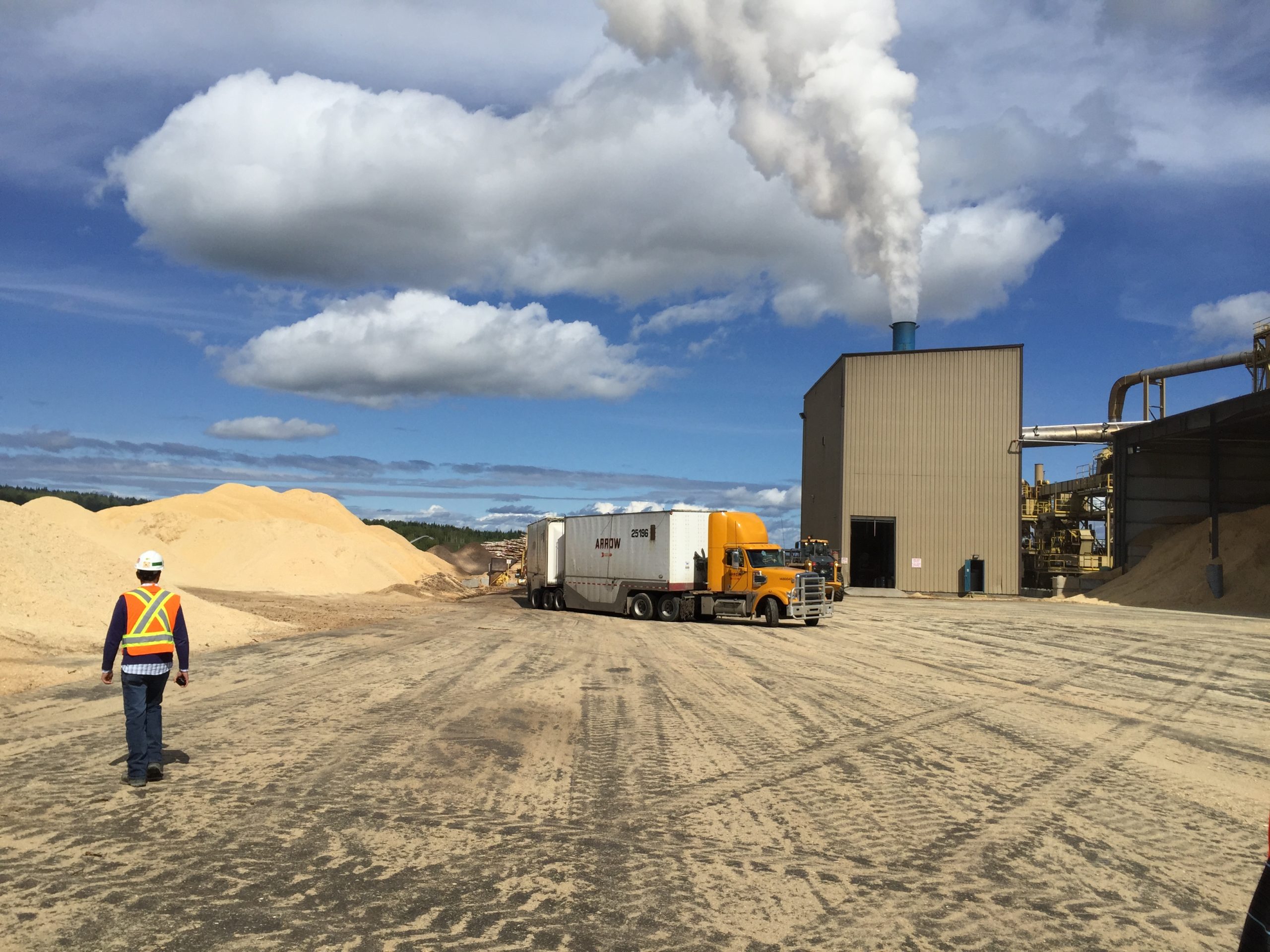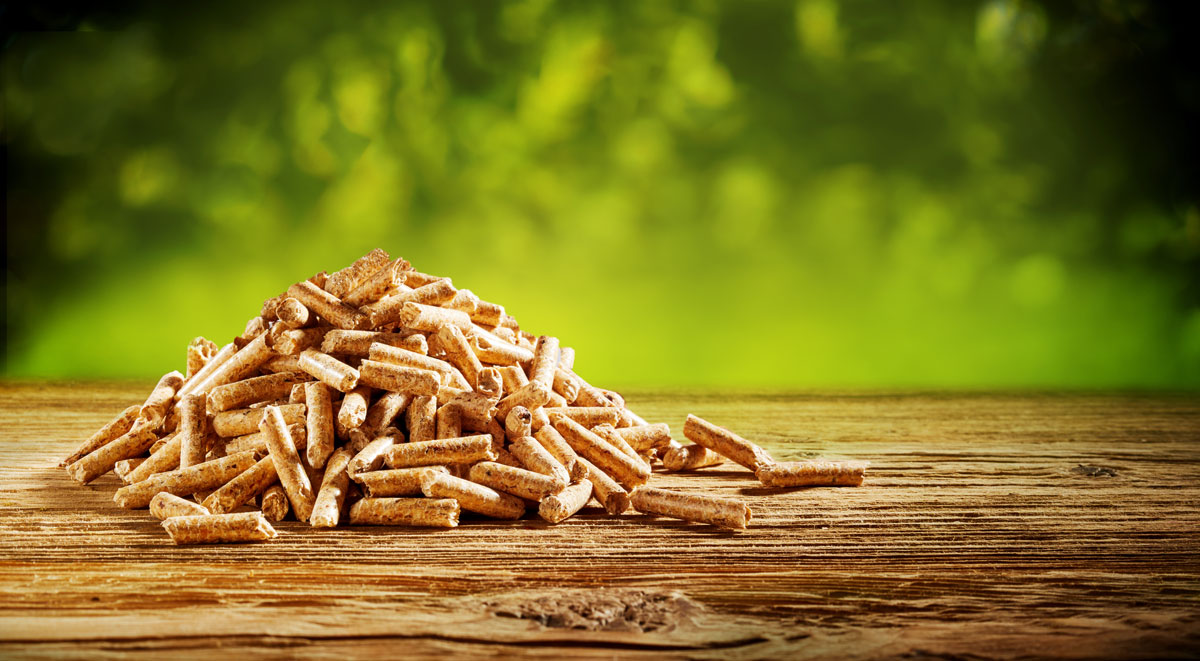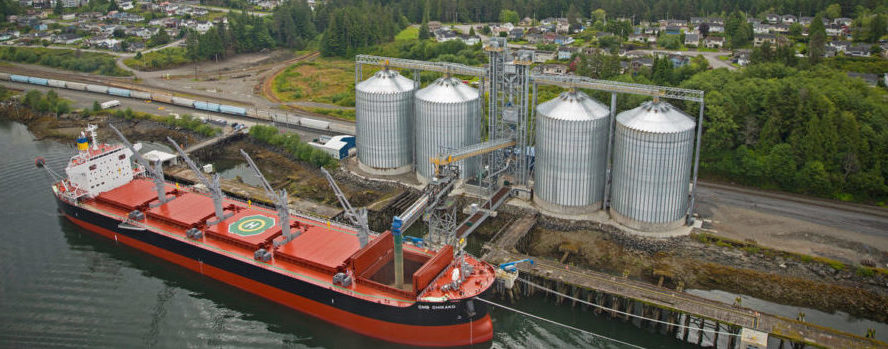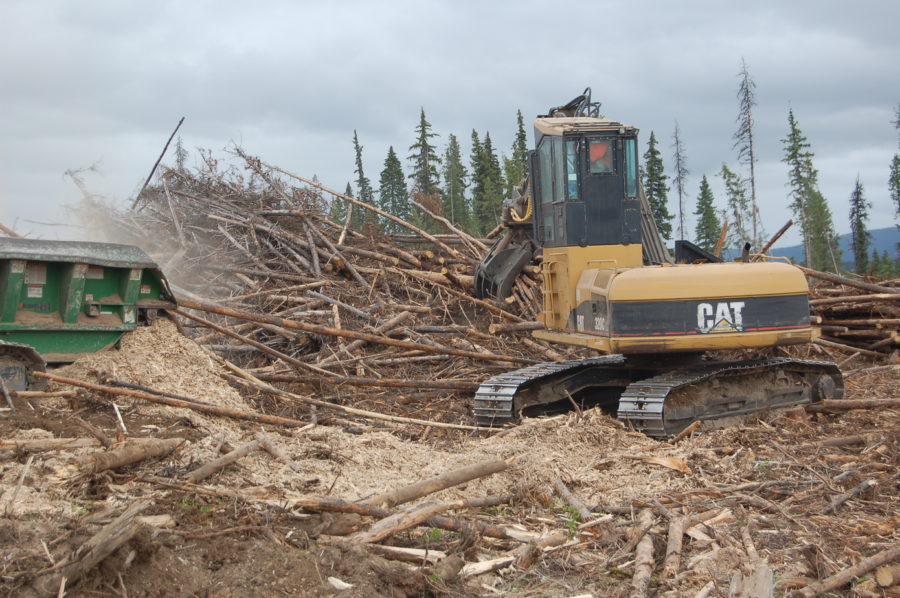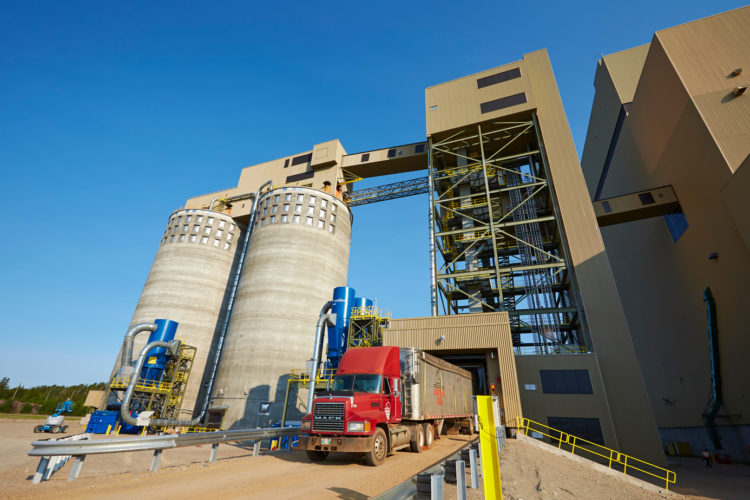Q: What makes wood pellets a climate change solution?
First, you have to think about the fibre that goes into making pellets in British Columbia. Initially, wood pellets came about as a more environmentally friendly process to old beehive burners, an unfiltered system that was used to burn all the sawdust left over from sawmilling. When the beehive burners got phased out, the sawdust had to go somewhere … and pellets were a natural outlet. Pellets are made from the recovered ‘waste’ from harvesting and sawmilling or low-quality logs that can’t be used for any other purpose. It’s a win-win all around for forest health and for air quality.
Pellets are also in high demand across the globe, helping countries reach their climate change targets as they transition away from fossil fuels. If you look at coal, for example, not only does it emit carbon dioxide (CO2) when burned, it is sourced from deep in the earth where it has taken millions of years to form. In comparison, energy made from woody biomass does emit CO2 but the trees drew in that CO2 for years. Within just one year of harvesting, a new forest starts the carbon absorption cycle all over again, not to mention, the other wood products created from the harvested trees still retain and store that carbon. So while burning wood waste to make energy may sound counterintuitive to some people when we think about lowering GHGs, it’s necessary to take into account the entire carbon cycle which includes the life cycle of a forest—as a forest grows it continues to store carbon.
A truck delivering fibre to Drax Group (Pinnacle Renewable Energy) biomass facility in Prince George. | Photo courtesy of Wood Pellet Association of Canada

